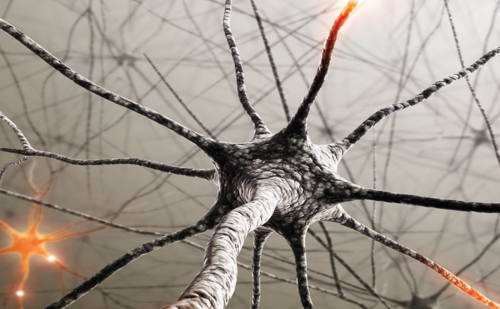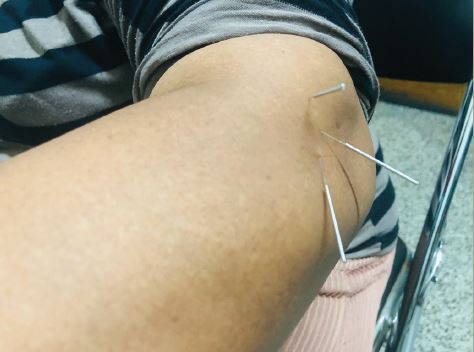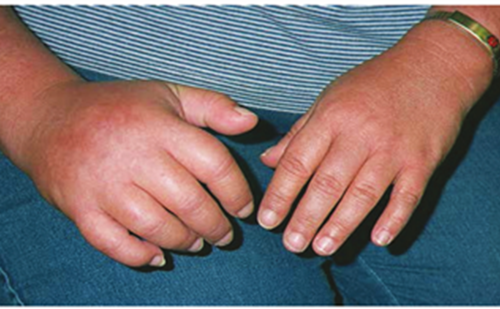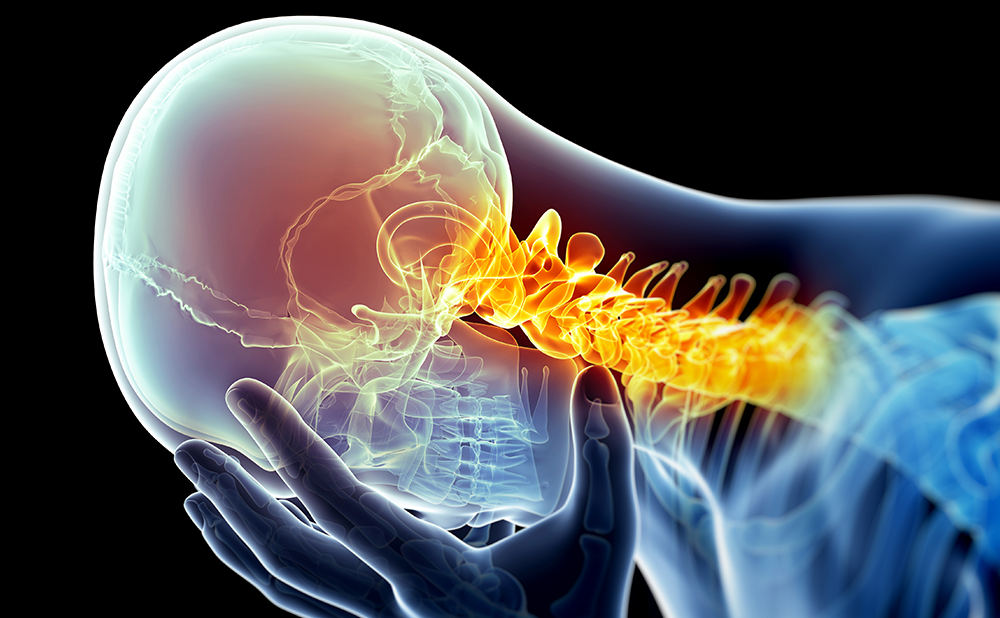Employing neuromodulation strategies to treat chronic pain has gained momentum in recent years, along with an expansion of the indications. These therapies are safe, reversible, and efficacious, improving both validated pain and functional measures. However, the trial procedure is not without risk and deserves a respectful assessment of the risks and the benefits associated with the therapy. Improving the outcomes, safety, and efficacy of employing neuromodulation is contingent on evaluating the evidence and expert opinion. This knowledge gap has been identified and addressed by the International Neuromodulation Society (INS).1
Convened by the INS, the Neuromodulation Appropriateness Consensus Committee (NACC) issued the first comprehensive peer-reviewed recommendations for appropriate use of neurostimulation in pain and ischemic disease in the August 2014 issue of Neuromodulation: Technology at the Neural Interface, the official journal of the INS.2–5 The major objective of this paper series was to create a living document, based on the best available evidence and expert opinion, which will be regularly updated to address the different applications, innovations, disease-specific indications, and patient selection criteria for the safe and appropriate use of neuromodulation.
Spinal cord stimulation has been in common clinical use since the 1980s and over 25,000 neurostimulators, sometimes described as a ‘pain pacemaker,’ are implanted worldwide each year to help reduce pain and restore function. Spinal cord stimulation for chronic back pain (failed back surgery syndrome) is the most common indication in the US. In Europe, peripheral nerve stimulation is also part of the physician’s armamentarium for intractable migraine, medication-resistant chronic angina pectoris, and chronic clinical leg ischemia.6 As device innovation continues to evolve, so to will the indications for neuromodulation therapies, expanding from the conventional use of spinal cord stimulation for failed back spinal surgeries and complex regional pain syndrome.
The comprehensive effort produced the current opinion as a consensus statement about available evidence on the use of neuromodulation to treat neuropathic pain, with an eye on future trends and indications. The guideline series describes the Appropriate Use of Neurostimulation of the Spinal Cord and Peripheral Nervous System for the Treatment of Chronic Pain and Ischemic Diseases; the Stimulation of the Intracranial and Extracranial Space and Head for Chronic Pain; a review and recommendation on the Avoidance and Treatment of Complications of Neurostimulation Therapies for the Treatment of Chronic Pain; and Neuromodulation New and Evolving Neurostimulation Therapies and Applicable Treatment for Chronic Pain and Selected Disease States.2–5
Scope of Neurostimulation Guidelines
The committee advised consideration of neurostimulation treatment under the following conditions:1–4
- Failed back surgery syndrome (post-lamindectomy syndrome)—after conservative medical management of at least 3 to 6 months proves inadequate or yields unmanageable side effects, but before repeat back surgery if the patient is neurologically stable.
- Complex regional pain syndrome—with pain duration of at least 3 months or severe, rapidly progressing disease that is not responding to more conservative measures and only after obtaining informed consent, a psychologic screening, and successful trial stimulation.
- Certain types of chronic back or neck pain, including radicular pain (radiating from a nerve root), such as sciatica.
- Chronic neuropathic pain or pain that includes a neuropathic component (‘mixed’ pain)—after failure of conservative medical management for at least 3 to 6 months, but before consideration of long-acting opioid maintenance therapy.
- Other types of chronic neuropathic pain—on an individualized basis in HIV neuropathy and with caution due to increased infection risk in diabetic painful peripheral neuropathy.
- Visceral pain—on a case-by-case basis.
- Raynaud’s syndrome and other painful ischemic vascular disorders— in the first 12 weeks of symptoms.
- Refractory angina pectoris—evidence shows neurostimulation may be of some benefit to manage pain.
- Demyelinating diseases such as multiple sclerosis—if the potential benefits outweigh the risks and magnetic resonance imaging (MRI)- compatible components are available that will meet the patient’s needs for periodic imaging studies.
- Post-cancer-treatment pain—for pain arising from nervous tissue damage caused by tumor growth or treatment in patients who have an expected survival of at least 12 months.
The NACC recommends that a successful trial should at least be a 30 % reduction in both frequency and intensity of migraine pain, in keeping with the International Headache Society assessment of clinical relevance; and a 50 % reduction in other pain complaints, along with better sleep and some improved function, such as increased activity or need for less aid in activities of daily living.
Future Improvements and Current Outcomes
The committee members believe that more patients would benefit than receive access to this modality, and that appropriate patient selection will help to guard against overuse, underuse, or misuse of these advanced tools.
The authors cite published research studies that indicate spinal cord stimulation should be used before reoperation in failed back surgery syndrome and before starting long-term, systemic administration of longacting opioids.
Meanwhile, they recognize that technological improvements continue to evolve, with more sophisticated device features potentially amplifying response rates, the range of indications, and patient satisfaction. Importantly, time-to-referral has been reported to have a major impact on outcomes, with a 93 % success rate if the patient had less than 3 years elapse between an initial back surgery and a spinal cord stimulator implant, but only a 9 % success rate with a delay of more than 12 years.4 Broader awareness among patients and referring physicians could result in more benefits being realized more widely, which will be important as an aging population lives longer with chronic conditions.
Potential Risks and Complications
While serious complications, such as spinal cord injury, are rare and parallel those of other surgical procedures, lead breakage or migration and similar device complications that require revision have been historically reported to range from 30–40 %. The NACC notes that in such established device-based therapies as cardiovascular–defibrillator implantation and total hip replacement, complication rates dropped with increasing practitioner experience.
Hardware failure rates noted in the published NACC recommendations include:
- Lead migration in spinal cord stimulation—10–25 %; less common lead challenges include dislodgement, fracture, high impedance, or extension disconnection have been reported.
- Battery failure—1.6 %; primarily due to programming matters and depletion.
Biologic complications may include:
- Infection at the implant site—4–10 % (the NACC presents a riskreduction plan to minimize such complications through patient instruction and steps taken before and after the implant procedure).
- Fluid pooling near the pulse generator (seroma)—2.5 %; generally treated with device removal.
- Epidermal or subcutaneous hematoma—0.3 %; presenting a risk for spinal cord lesion that could cause permanent neurological deficit.
- Dural puncture—0.3 %; may cause headache.
- Pain over the pulse generator site.
- Nerve damage including spinal cord injury and paralysis (reported rarely).
Physiologic complications may include:
- Uncomfortable intensity, character, or pattern of stimulation when changes in position lead to movement of the electrode in the epidural space in terms of the spinal cord, or because of changes in tissue impedance around the electrodes; later systems and those under development are designed to respond to positional changes or not cause any tingling in the area covered.
- Stimulation tolerance in which pulse amplitude must be increased to achieve the same pain relief over time or leading to a loss of efficacy; based on early reports, the NACC believes frequency manipulation may become a method to prevent this.
Best Practices
The NACC recommends practitioners track and monitor procedure results, and meet minimal training standards. All permanent implants should be performed in a full medical facility unless the setting meets the same sterile-environment standards as an accredited hospital or surgery center. Furthermore, implanters should have hospital-admission privileges, perform no less than 10 supervised implantations during training, and carry out a high volume of implant procedures to keep skills up-to-date.Conclusions
Neuromodulation is a safe and effective strategy to treat many chronic pain conditions. As device innovation continues, so too does the patient-centric effort to select for patients appropriately. The NACC, sponsored by INS, is a concerted effort to provide a living document, forged from evidence and expert opinion, to improve access and efficacy of neuromodulation in the treatment of chronic pain.













